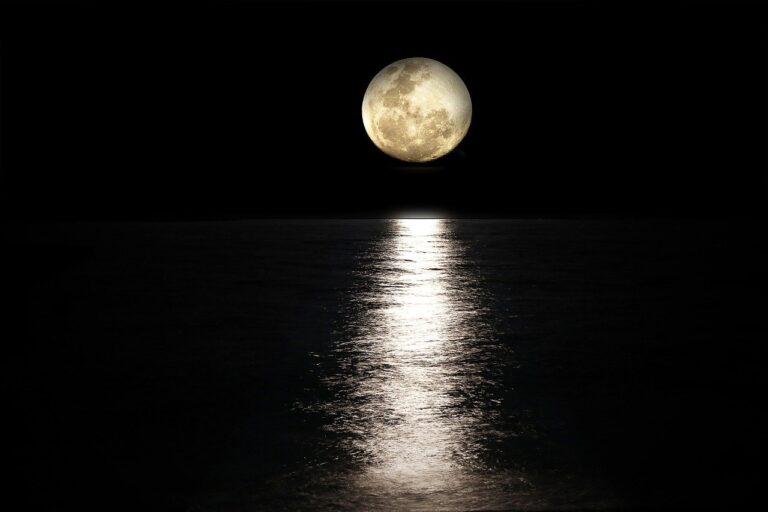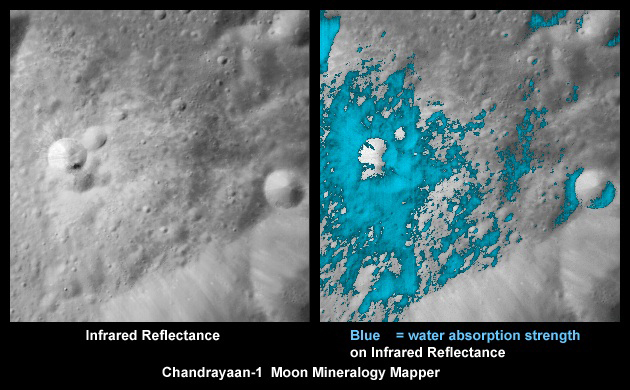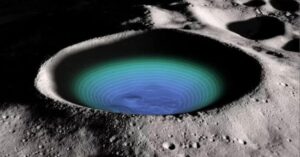Ever wondered, whether it will be ever possible to swim on a lunar surface? Let’s understand lunar water together!
Moon, being the natural satellite of our home planet holds a special place for researchers ranging from the origin of our solar system to search for water on its surface. After Earth, it is the only astronomical object where humans have set their foot. To study the lunar surface, various missions have been sent in search of water present either in the form of ice or trapped in volcanic glass beads such as the Apollo program, Luna 24, Clementine, Lunar Reconnaissance Orbiter, and ISRO’s Chandrayaan-1. These missions showed the presence of water on the permanently shadowed craters present on the poles whereas NASA’s SOFIA observatory discovered the presence of diffuse water molecules at the Moon’s sunlit surface. Let’s explore in detail how lunar water is discovered, produced, and how it can be an asset for future human exploration.

The presence of ice on the moon was first discovered by Kenneth Watson, Bruce C. Murray, and Harrison Brown of Caltech University located in Pasadena, California, and the first evidence was obtained by the Apollo 14 SIDE Experiment on March 7, 1971. Large bursts of water vapor ions were observed near the Apollo 14 landing site but not confirmed, NASA sent various other probes such as Clementine, Lunar Prospector, and Lunar Reconnaissance Orbiter in search of water on its surface and they all showed that it is present in the shadowed craters of poles.
In October 2008 India launched its first lunar probe under Chandrayaan-I with a key focus to search for traces of water on the moon and it showed that water is present in the exosphere of the Moon. Chandrayaan-I carried NASA’s Moon Mineralogy Mapper (M3), an imaging spectrometer that confirmed the discovery of water locked in minerals on the Moon and recorded evidence of water in 650 mass spectra and hydroxyl lines in reflected sunlight.

The recent mission of NASA Stratospheric Observatory for Infrared Astronomy has confirmed the presence of water across the lunar surface, and not only limited to cold but also shadowed craters. It has detected water molecules in Clavius Crater that is visible from Earth. All previous studies of the Moon’s surface showed the presence of water in some form and mostly at the poles i.e. permanently shadowed regions.
There are two theories that explain the presence of water on the moon surface first is by the bombardment of water-bearing comets, asteroids, and meteoroids, and the second by the solar wind that occurs when the hydrogen atoms present in the solar wind interacts with the oxygen atoms in lunar regolith that consists of oxides, silicates, etc. to produce water trapped in mineral crystals.

Water is a precious resource essential for life to function and its availability in space will make future space exploration easier. It can be used for-
- Setting up human civilization where water will be used for daily needs.
- The major use of water is to make propellant which will reduce the weight as well as the cost of space missions.
* The information provided herein is, to the best of our knowledge and is only for informative purpose. If you have a news update or correction, let us know at -info@garudauniverse.com




